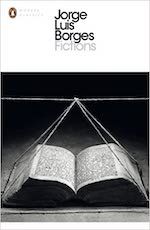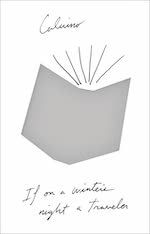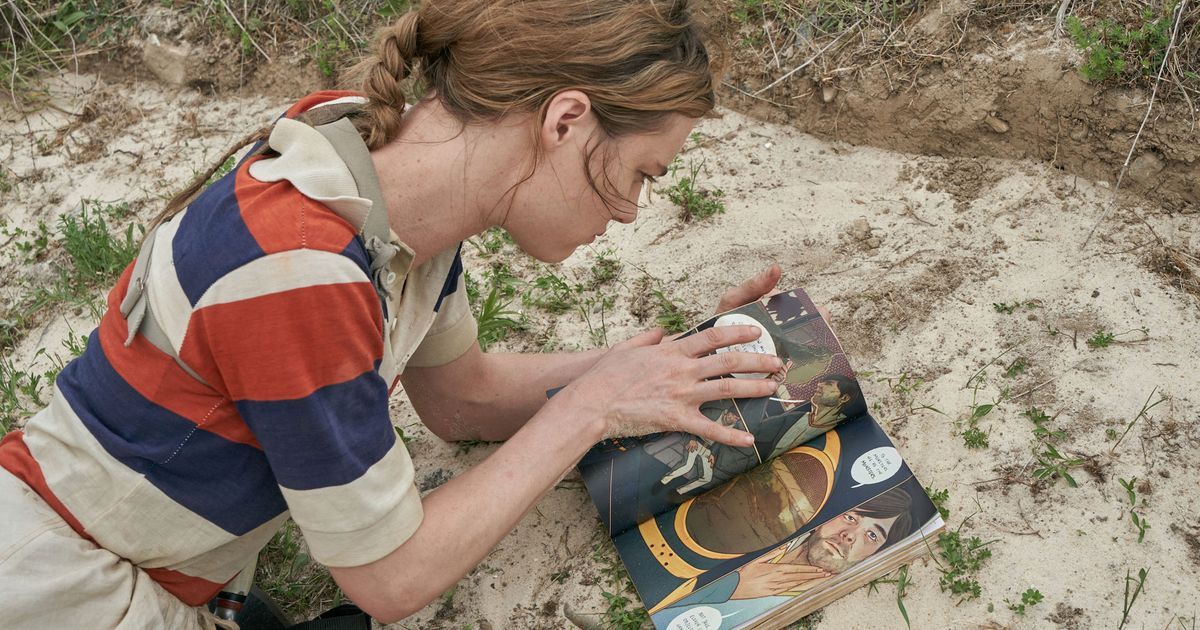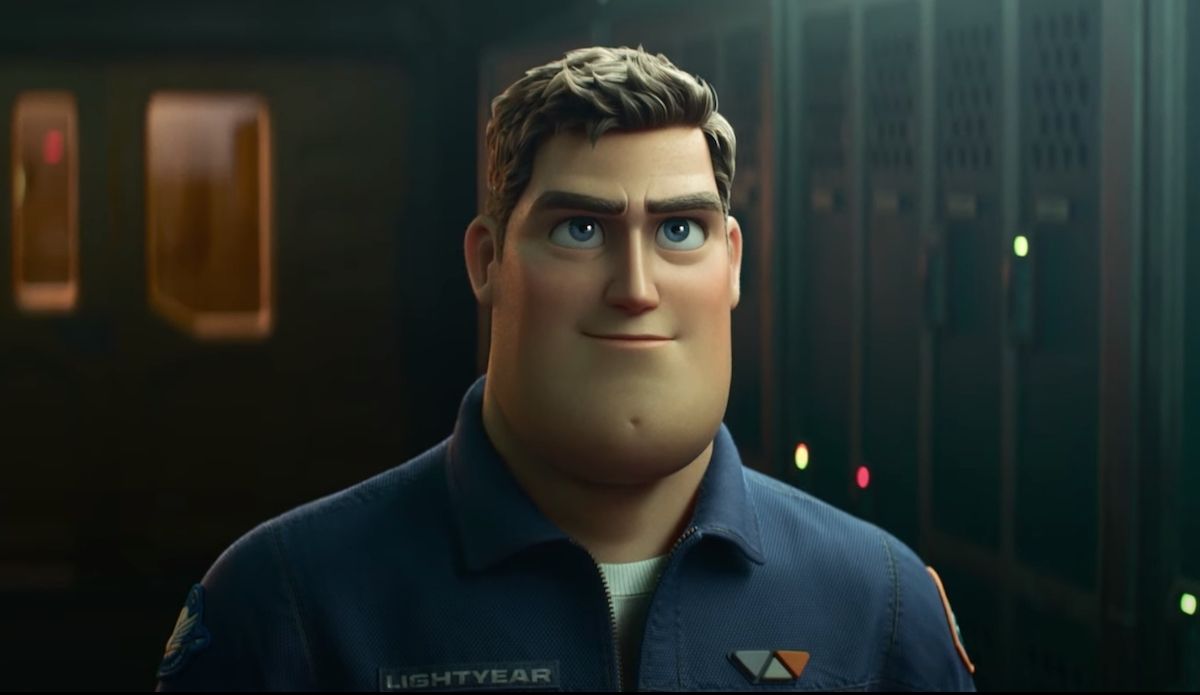Inverted Ekphrasis: The Power of the Implied Text
Written around 1603, John Donne’s Catalogus librorum aulicorum incomparabilium et non vendibilium (AKA “The Courtier’s Library”) is a list of 34 books. In Super-Infinite, Katherine Randell describes it as “an assassin’s hit list” targeting the superficiality of scholarship and the court in the early days of King James I’s reign. Caepe advocatorum, sive ars plorani in Iudiciis, per eudem (translated by Piers Brown as The Lawyers’ Onion, or the Art of Weeping during trials) accuses Sir Francis Bacon of hypocrisy; De navigabilitate aquarum supercoelestium et utrum ibi an apud nos navis in firmamento in judicio sit appulsura (On the Navigability of the Waters above the heavens, and whether Ships in the Firmament will land there or on our shores on the Day of Judgment) satirises speculative policy advice.

None of these books were ever written. They are imaginary titles, just like the titles Jorge Luis Borges concocted — The First Encyclopaedia of Tlön, The Approach to Al-Mu’tasim — opting to “pretend that these books already exist and then to offer a resumé, a commentary” rather than actually go to the trouble of writing them. Borges suggested that “every writer creates his own precursors”, tracing a line through points in the history of literature that no one had ever thought to connect before, and the existence of “The Courtier’s Library” joins Borges to Donne in a lineage of works constructed around gaps: imagined texts that are implied but never actually described.
Other points on that line might include Mr. Bailey, Grocer, the impossibly exhaustive novel described in George Gissing’s New Grub Street (1891), and Life’s Adventure, the imaginary book Virginia Woolf interrogates in “A Room of One’s Own” (1929). These texts invert the technique of ekphrasis: instead of describing an existing artwork (as Auden does in “Musée des Beaux Arts”), they do not describe an artwork that does not exist.

Broadening the scope to include other forms of implied art, we could include David Mitchell’s Utopia Avenue (2020), in which each chapter reveals the inspiration behind a song that the titular band has written. We see snippets of these lyrics, but we can only imagine the sound of the finished song. How much of an implied text can be revealed before it is no longer implied? Italo Calvino’s If a Winter’s Night a Traveller (1979) is on the periphery of the category: it presents us with a succession of opening chapters, each of which establishes the tone and genre of the novel yet to come, leaving the potential plot implied. Nineteen Eighty-Four (1949), which includes an undigested chunk of exposition in the form of an extract from The Theory and Practice of Oligarchical Collectivism (supposed authored by Emmanuel Goldstein), is definitely out.

But the attempts to fill out these gaps are rarely as interesting as the gap itself. In Emily St. Mandel’s novel, for example, Miranda’s “Station Eleven” comic assumes a totemic power in the future timeline that cannot be sustained when we actually see its physical form in the TV adaptation (2021). In Tomorrow, and Tomorrow, and Tomorrow (2022), the existence of a video game called “Emily Blaster” provides meaningful insight into the personality of its creator; as an actual online game it has limited appeal. Then there’s Toy Story (1995), which implied the existence of a film about Buzz Lightyear (the man, not the toy), a film about which we could infer some crucial details through the behaviour of Buzz Lightyear (the toy, not the man). Until the existence of Lightyear (2022) — a film about the man, not the toy — made all inference redundant, thoroughly confusing everyone in the process.

The lacuna of an implied text is an enticing stimulus to the imagination. Once it assumes concrete form, its power fades.